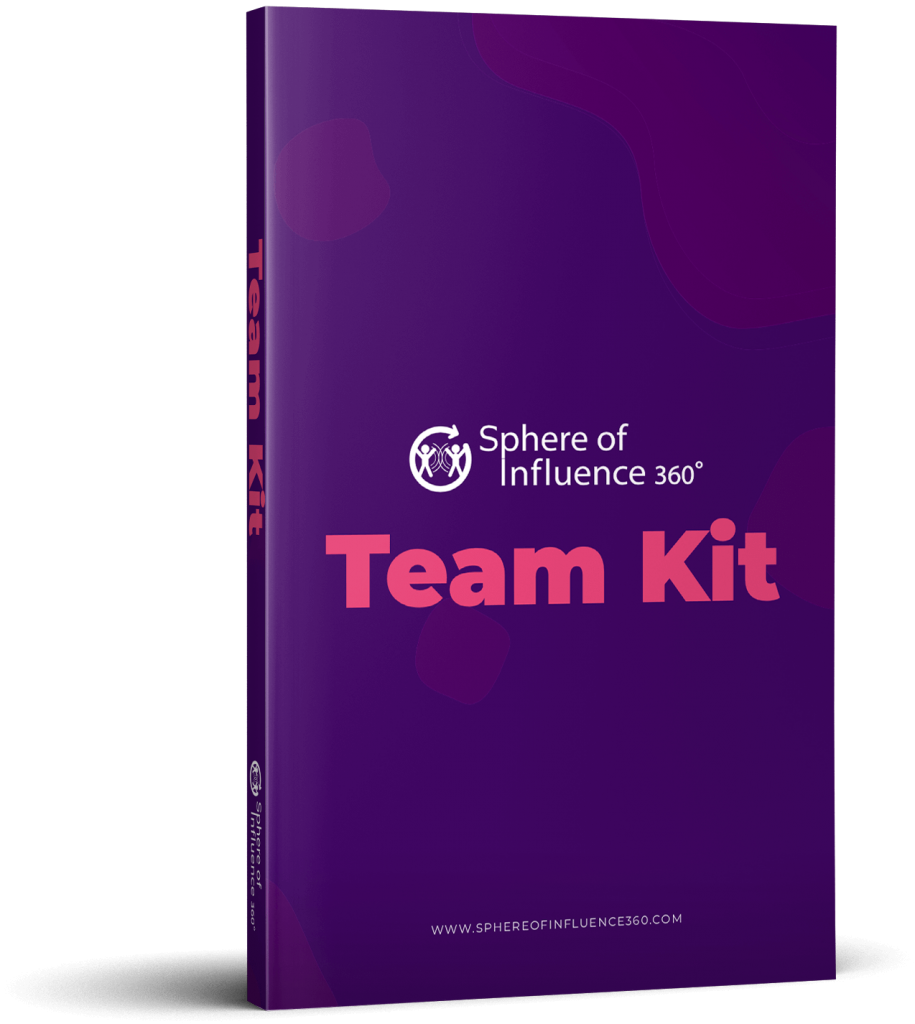Avoiding conflict in a busy workplace can sometimes feel impossible.
Every team deals with unclear expectations, poor communication, personality clashes, differing interests, and organizational shake-ups…all ingredients for disagreement and going head-to-head.
So why do some teams come out of conflict stronger, more productive, and more motivated, while other groups dissolve into organizational silence, silos, and utter chaos?
Navigating everyday conflicts without the right communication skills is like trying to cook without a recipe—you don’t need me to tell you that it makes a world of difference.
The key to turning disruptive disputes into positive, valuable conflicts is to have the right conversations.
This article explores what that means and the skills involved in healthy conversations.
Self-Awareness in Conflict Resolution
Improperly managed conflicts are a huge source of stress, as well as damaging to team relationships and productivity. Acknowledging this is a huge part of successfully resolving them, according to management experts Quinn and colleagues (2004).
For example, has an argument ever made you…
- Tense up physically?
- Suspect your conversation partners’ motives?
- Go silent rather than talk it out, or…
- Feel tired?
These are all common physical, behavioral, and emotional responses to unpleasant interactions, so if you answered “yes” to the above, you’re not alone.
The first step to resolving conflicts more productively is by becoming attuned to our unique responses to them—just like the list of examples above.
Once you start to recognize your stress responses as initial “warning signs” that you are in a conflict situation, you’re much better equipped to decide how to address it.
Read more about common stress responses and healthier ways to manage them here.
Healthy Conversation Skills
Recognizing conflicts when they happen is a great start, but what can you do about them once you have this knowledge?
Turning diverse viewpoints and opinions into collaboration and collective problem-solving comes down to several skills. Three of the most important are active listening, showing empathy, and adapting your communication.
Active Listening
Active listening involves truly hearing what others are saying, not just waiting for your turn to speak. It’s a core part of the Coach influencing style, which allows us to develop and bring out the best in others.
In conflict resolution situations, active listening means consciously listening to what the other person is saying before communicating that you have heard them. For example, you might:
- Summarize, paraphrase, or restate their message in your own words. This shows your understanding, is a great way to make others feel heard, and plays a huge role in moving others out of “defensiveness” mode.
- Ask questions to glean more about their perspectives from their verbal responses
- Nod, adopt an open stance, or use other non-verbal gestures to communicate that you’re paying keen attention.
Showing Empathy
Empathy steps in when you put yourself in the other person’s shoes, even if you don’t agree with them.
It makes people feel safe, respected, and understood if they feel you are adopting their perspective and are more likely to collaborate rather than act counterproductively.
Empathize is a relationship-oriented influencing or communication style that you can leverage in conflicts by:
- Asking others about their experience.
- Taking their feelings into account and positively influencing those feelings.
- Showing sympathy and being thoughtful.
- Expressing a personal interest in others and emphasizing their positive qualities and capabilities.
Adapting Communications
Adapting your style means being flexible with how you communicate, especially in emotional or tense conversations.
We all have innate preferences in the way we interact—some people are naturally more “we” or “I” focused, for example, while others are more “relationship” or “content” oriented.
Communicating flexibly means switching to the style called for by a situation so you can more effectively inspire, connect, direct, or encourage your conversation partner, among other goals.
Read more about adaptive communication here.
Skill Development: From Tools to Transformation
Just as everyone faces potential conflict, everyone can develop the skills to have healthy conversations that resolve them.
Empathy may not be your strong suit, for instance, but you can learn to put yourself in others’ shoes by reflecting on how they might feel when conflict does arise. A few example questions might be:
- What do you think is important for them in this situation?
- How have they reacted or responded to similar conflicts in the past?
- What would you experience if you were them right now?
You can also become more adept at showing interest and attentiveness with others—a key Empathize skill that helps you create more context during conflict while building your connections with those involved.
Try this exercise to learn some useful questions that show your curiosity, for example:
- How was your meeting?
- How is your project going?
- How was your holiday?
Whatever your influencing strengths and weaknesses, having healthier conversations and resolving conflict starts with self-knowledge.
Try the tools and tips I’ve shared in this blog to get started, and you’ll soon be building bridges, understanding, and a workplace where healthy conversations are the norm, not the exception.
References
- Umiker, W. O., & Umiker, W. (2005). Management Skills for the New Health Care Supervisor. Jones & Bartlett Learning.
- Quinn, R. E., Faerman, S. R., Thompson, M. P., McGrath, M. R., Bright, D., Clair, L. S., … & Arsenault, P. (2004). General Research Interests. Organization Management Journal, 11(3), 147-158.

